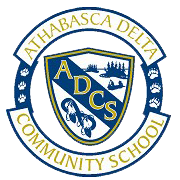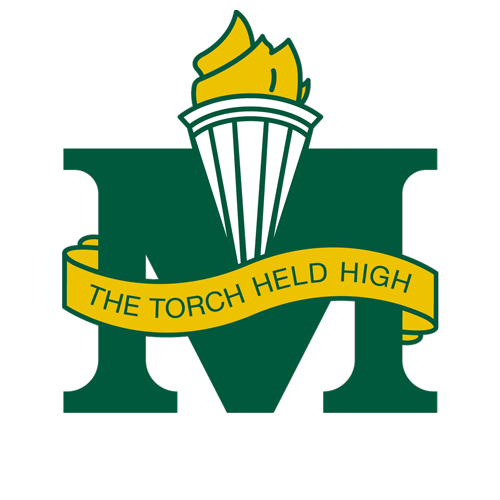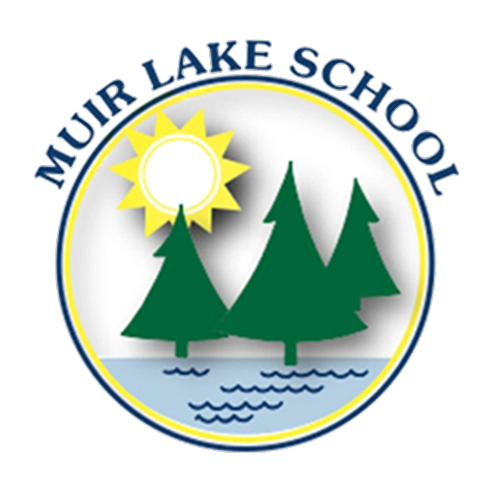AP 690: Video Surveillance
Communication & Technology
Background
The Division recognizes both its legal obligation to provide appropriate levels of supervision in the interests of student safety and the fact that students have privacy rights that are reduced but not eliminated while under the supervision at school. A recorded tape or digital recording is recognized to be subject to the provisions of the Freedom of Information and Protection of Privacy Act.
Additionally, the Division has a responsibility to provide a safe environment, to protect Division property from theft or vandalism and to assist staff in dealing with student discipline matters.
The use of video surveillance equipment on Division property including school buses is permitted in accordance with these procedures.
Procedures
1. Public notification signs shall be prominently displayed indicating areas subject to video surveillance:
1.1. Parents shall be notified upon registering at a school that students may be monitored by video surveillance.
2. Video cameras owned by the Division may be installed and used to monitor and/or record at schools and on school buses.
3. Video surveillance camera locations shall be authorized by the Site Supervisor, Principal or the Director of Transportation Services in consultation with the Superintendent or designate and the Director of Facility Services as necessary.
4. The Principal is responsible for the proper implementation and control of the video surveillance system within the school.
5. The Director of Transportation is responsible for the proper use of video cameras on school buses.
6. Warranted covert surveillance, such as for a time-limited specific investigation into criminal conduct, shall be authorized by the Superintendent or designate on the grounds that such covert surveillance is essential to the success of the investigation and the need outweighs the privacy interest of the persons likely to be observed.
6.1. Covert surveillance shall not be authorized on an ongoing basis.
7. Video surveillance shall not be used in locations where appropriate confidential or private activities/functions are routinely carried out (e.g. bathrooms, private conference/meeting rooms).
7.1. The Superintendent shall authorize any exception to this on the grounds that no other supervision option is feasible and that the need is pressing and outweighs the privacy interest of the student or other person likely to be observed.
7.2. Surveillance of such locations may not be authorized on an ongoing basis.
8. The following notification shall be posted on every bus that is adapted to have a video camera: “This bus is equipped with video monitoring equipment.”
9. Parents shall be notified upon registering at a school that students may be monitored by video surveillance.
With respect to security
10. Only a designated staff member or agent of the Division shall install video cameras.
10.1. Only designated staff members or agents shall have access to the storage device for the camera(s).
10.2. Only these staff members or agents shall handle the cameras, or digital recordings.
11. Recordings, in any format, shall be stored securely and in a manner that prevents unauthorized access:
11.1. This secure storage may include storage on a computer or network system with secured or restricted access.
12. Recordings may never be publicly viewed or distributed in any other fashion except as provided by this administrative procedure and appropriate legislation.
With respect to viewing and reviewing
13. Video monitors used to view recordings shall not be located in a position that enables unintentional (public) viewing.
14. Recordings may only be viewed by the designated staff members or by parents and students (as deemed prudent to do so), or by staff members or agents responsible for the technical operations of the system (for technical purposes only).
15. If a staff member is facing any disciplinary action, that staff member may authorize a union representative or advocate to also view the recording.
16. Parents requesting to view a segment of a recording that includes their child/children may do so.
16.1. Students may view segments of a recording relating to themselves if they are capable of exercising their own access to information rights under the Freedom of Information and Protection of Privacy Act.
16.2. Student or parent viewing must be done in the presence of an administrator.
16.3. A student or parent has the right to request an advocate to be present.
16.4. Viewing may be refused or limited where viewing would be an unreasonable invasion of a third party’s personal privacy, would give rise to a concern for a third party’s safety, or on any other ground recognized in the Freedom of Information and Protection of Privacy Act.
With respect to retention of recordings
17. Where an incident raises a prospect of a legal claim against the Division, the recording, or a copy of it, shall be sent to the Division’s insurers.
18. General recordings may be retained for one year as required by the Freedom of Information and Protection of Privacy Act.
19. Recordings retained shall be erased as soon as an incident in question has been resolved, except that if the recording has been used in the making of a decision about an individual, the recording shall be kept for a minimum of one year as required by the Freedom of Information and Protection of Privacy Act unless earlier erasure is authorized by or on behalf of the individual.
Approved:























